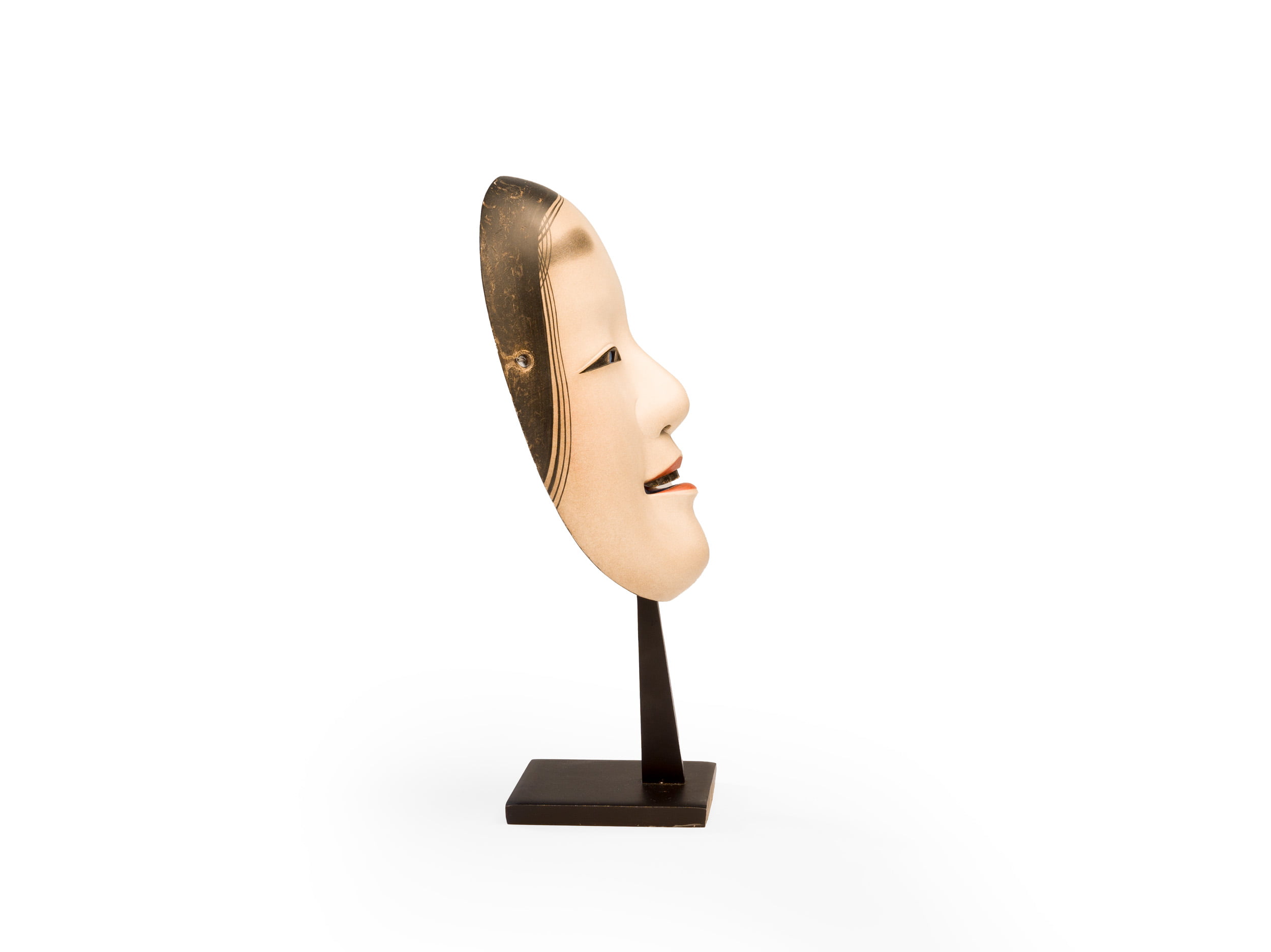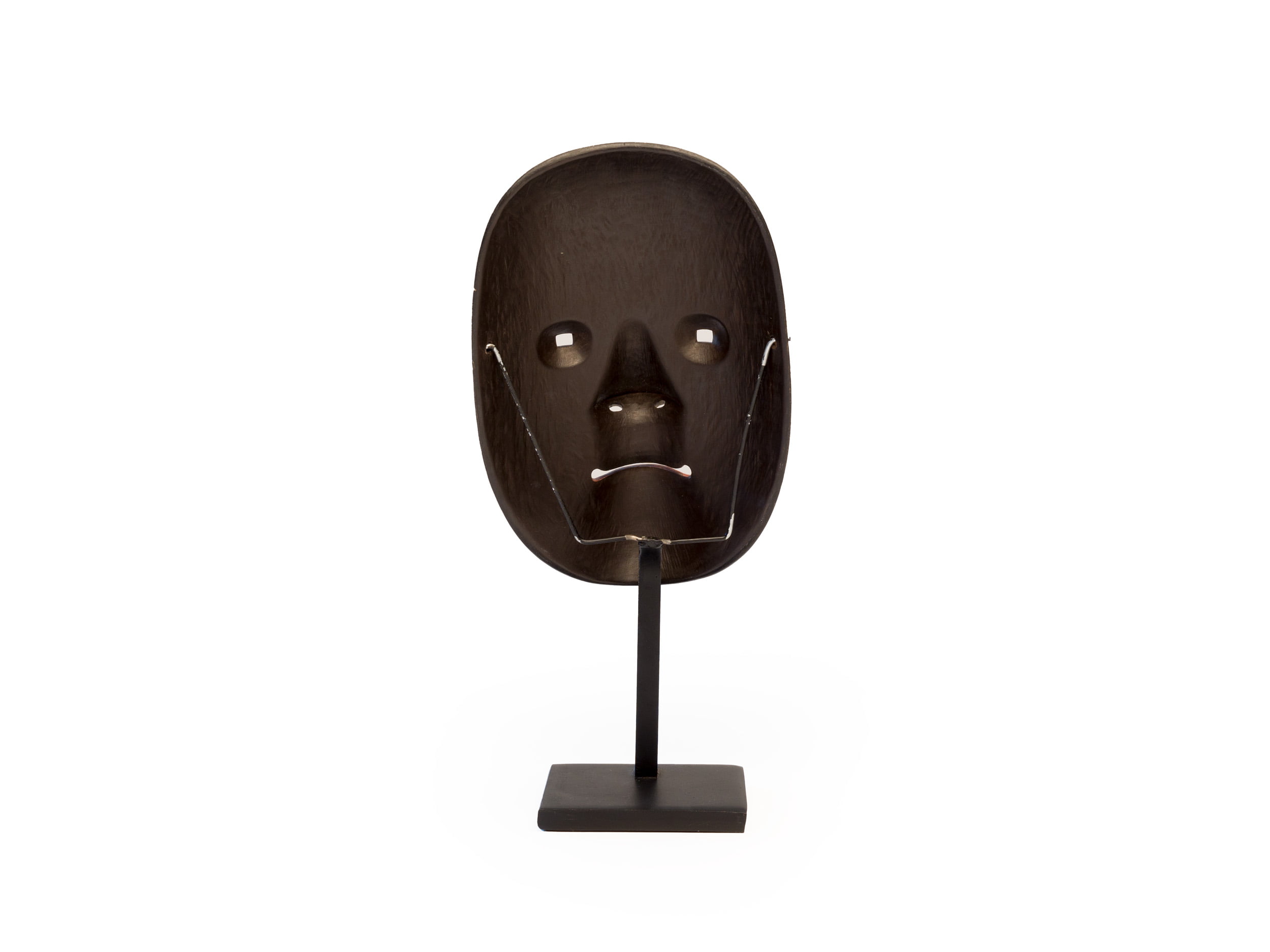Noh (能, Nō) is a major form of classical Japanese dance-drama that has been performed since the 14th century. Developed by Kan’ami and his son Zeami, it is the oldest major theater art that is still regularly performed today.
Noh theater is characterized by its slow, stylized movements, its poetic language, and its use of masks. The plays are often based on stories from Japanese mythology or history, and they explore themes of love, loss, and the human condition. It is not intended to be realistic, but rather to create a sense of beauty and mystery. The plays are often performed in a trance-like state, and the actors strive to achieve a state of heightened awareness called yūgen.
A Waka Onna mask is a type mask used in Noh theatre which represents a young woman. It is characterized by its small, delicate features, its smooth skin, and its long, flowing hair. The mask is usually painted in a light, feminine color, such as white or pink.
Waka Onna masks are used in Noh plays to represent a variety of young female characters, such as princesses, maidens, and ghosts. They are also used in kabuki plays to represent young women of high social status.
The Waka Onna mask is one of the most popular and recognizable types of Noh masks. It is a symbol of beauty, innocence, and fragility.
Provenance:
Private collection, Japan
Private collection, Zürich, Switzerland


Kunstberatung Zürich AG
Börsenstrasse 27 8001 Zürich Switzerland
VAT Number: CHE-113.608.140
+41 44 381 50 40
contact@kunstberatung-zurich.com
©2025 Kunstberatung Zürich AG No part of this website may be reproduced, distributed, stored in a retrieval system or transmitted in any form or by any means, electronic, mechanical, or otherwise, without the prior permission of Kunstberatung Zürich AG.